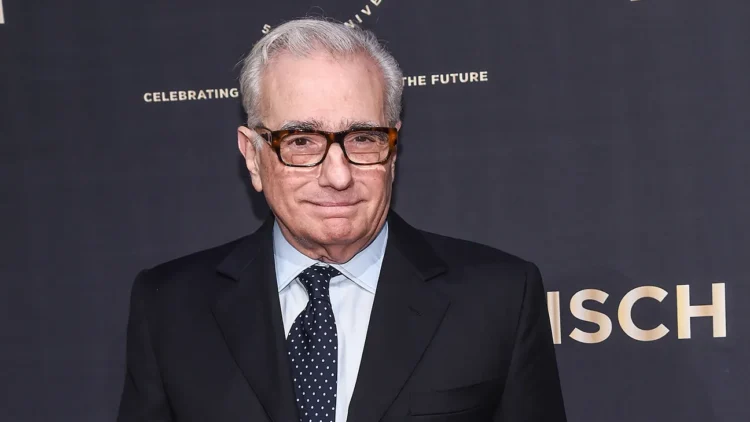America was home to the turbulent seventies, drugs, rock, hippies and even unsettled psychological issues stemming from an unstable environment. This is the visceral imagery of the place where the protagonist of this article, Martin Scorsese, grew up. The director was raised in Little Italy, New York, as the son of two garment workers. He was influenced by an ebullient priest and once thought about becoming a seminarian, but he was expelled from the preparatory seminary because he was never able to arrive at Mass on time. The readers this time are expected to dwell deep in the tale of Scorsese because, just like everyone, it wasn’t a cakewalk for him either.
After winning a significant prize at the Cannes Film Festival for his previous picture, TAXI DRIVER, he believed that this film had to be more daunting than the perceived image of people. His self-confidence was destroyed by these emotions of inadequacy in the face of a challenging endeavour, which also led to detrimental and self-condemning behaviour. Scorsese developed an addiction to cocaine after using it as a crutch. In interviews, he has stated that he experimented with drugs to stimulate his creativity, as well as that he was acquainted with a group of strong addicts. Scorsese worked many late nights, obsessively altering aspects of the incomplete film.
He was also married to Julia Cameron, who was expecting their kid as the movie was being made. Regretfully, Cameron was a drunkard as well. Marty wasn’t much help in handling the situation because he was struggling with his own drug issues, and her behaviour towards the team was sporadic. Before the movie, Marty had already cheated on Julia, but he chose to start dating Liza Minelli, who was married to someone else. The cast and crew were at the peak of anxiety because the affair was kept under wraps on set. However, there can be no preacher of morality here because at the same time Minelli was in cahoots with a well-known Russian ballet dancer, Mikhail Baryshnikov. This nuance generated a volcano of agitation in Scorsese’s brain.
Scorsese was coping with his addiction, an incomplete script, an alcoholic and pregnant wife, and anger management issues as the film New York, New York was being executed, all of which exacerbated a stressful situation. Upon its eventual release, NEW YORK, NEW YORK was a box office disaster, barely recouping its $14 million original budget ($64 million in 2022). Audiences did not enjoy his efforts to combine a facade of Old Hollywood elegance with a grungy 1970s mood, and they thought the story was slow and unclear. Although it is still seen as a letdown in comparison to Scorsese’s previous works, it is now far more respected than it was when it was initially released.
Martin Scorsese’s near-death experience in 1978 was the culmination of all this mental and physical drug misuse. The filmmaker’s years of miserable existence and drug usage ultimately caught up with him, but he kept pushing himself until one day he passed out. He asserted,
“After finishing New York, New York, I took chances, out of time and out of place and also in turmoil in my own life and embracing the other world, so to speak, with a kind of attraction to the dangerous side of existence. Then on Labour Day weekend, I found myself in a hospital, surprised that I was near death.”
Like the sightless man in the Bible, Scorsese felt the scales taken off his eyes as he awoke from that dark night of the soul. According to the filmmaker, “in the New Testament, they were all complaining about Jesus, that he hangs out with publicans and tax men and whores, and the man says, ‘All I know is, I was blind and now I can see.”



